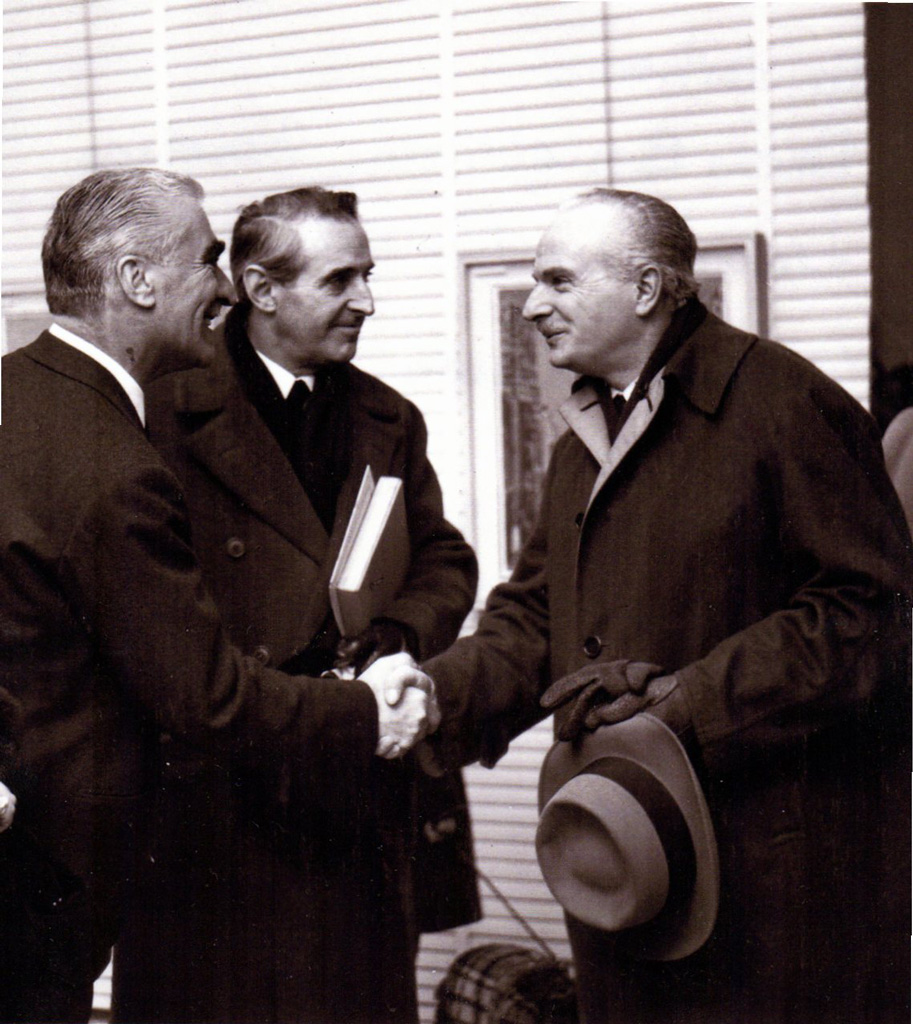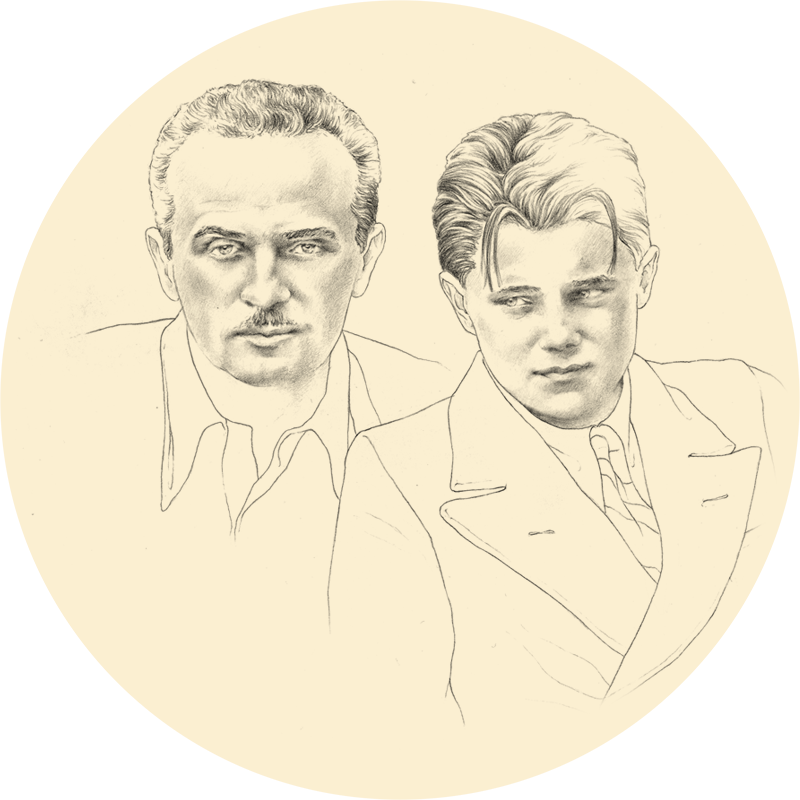You were very attached to your sister’s family. Pietro himself designed and reworked the facade of your house, the building where you all lived, at the start of the 1920s, when Adolfo as just a pup crawling around the house. Those were the years in which it was no rarity to see you at the tables of the Theobroma cafe, between Via Borgonovo and Fatebenefratelli – the hang-out of the naturaliter anti-fascist artists – chatting with Leonardo Borgese. That is how Raffaele De Grada remembered you: cordial, direct. On the streets of Milan, with Orio Vergani or Arturo Martini. But no one ever entered your studio. Only Adolfo. Who grew up and opted for an education in science, as his surname suggested. This allowed you to converse with him as if you were two islands, only apparently distant but actually quite close, due to mutual fondness and curiosity about what really lies behind appearances.

Everyday affairs were foreign to you. Your nephew recalls that you had no idea what was there under the hood of a car, and that you never learned how to drive. But you enjoyed talking with him about physiology, quantum mechanics, color theory. For you, painting was an act of philosophical composition. You were not interested in style, “taste is a virtue of the weak,” you jotted down in a quick note. Over the years the human figures vanished from your landscapes, and only pure things remained, the force of their inevitable inertia. You didn’t depict everyday life, or the city that changed so suddenly in those days: you stopped to sketch the railroad station in a town outside the city, Cormano, now in the middle of the metropolis, where you spent childhood summers, or you escaped. To Paris. Your elective city, where you bought an apartment, at Montmartre. You went there, continuously, not so much to study under André Lhote (you never became a “French” painter, nor did you ever want to), but because, perhaps, you could paint en plein air, a perfect stranger, so nobody would pass by and engage you in useless chatter. Or you went to the Palazzola, the family villa at Stresa. That was the sum of your sentimental geography, in that triangle of places. A few rare trips, towards the southern part of the boot, the capital. Ongoing returns in your painted correlates. Ever emptier, and therefore ever more packed with meaning. Melancholy. “It is as if I had a pane of glass between myself and the world,” you told your nephew one day, “I am very aware of suffering: the main emotion in me is suffering…”
Adolfo, more than your own fraternal friends (you had rare but enduring friendships), was the only and ultimate real foothold for you in the world. While you were taciturn and thoughtful, Adolfo brought his vitality, his outgoing youthful spirit into your studio. After college he had obtained a lecturing post in Physiology, but as a perfect bon vivant he was interested in everything: literature, music, art, socializing. When he was older he wrote two novels. And he traveled, often, continuously. He had houses in Paris, London, Saint Tropez, Miami, San Michele di Pagana, Stresa, San Remo. He knew everybody, associated with everybody. You were never like that, Renzo. But you didn’t blame him. You were curious about his stories of the world, the world outside those gates you painted. You chased the truth beyond those walls with sharp shards of broken glass embedded at the top, but you understood those who, like Adolfo, lived their lives to the fullest, completely immersed in existence, without mediations.
Once, in a notebook, you wrote that “every work of human culture should always be posthumous.” It was as if death, retroactively, could truly define the meaning of a life. In an increasingly frenetic city, your wager seemed hopeless. It almost looked as if you had done everything to make the world forget you. But Adolfo didn’t forget you. His worldly vitality was needed to conserve the memory of your passage on this earth. As the heir to your legacy and the sizeable family fortune, the last inhabitant of the house at Corso Garibaldi 2, in his will he decided to donate everything to conserve your memory for posterity, precisely as your friend Dino Buzzati wrote, at the time of your death, in the hope that what Bongiovanni “did not have in life, and did not even desire, will be granted to him by time.” You had faith in Adolfo and his deeper sensibilities, Renzo. And you were right.
